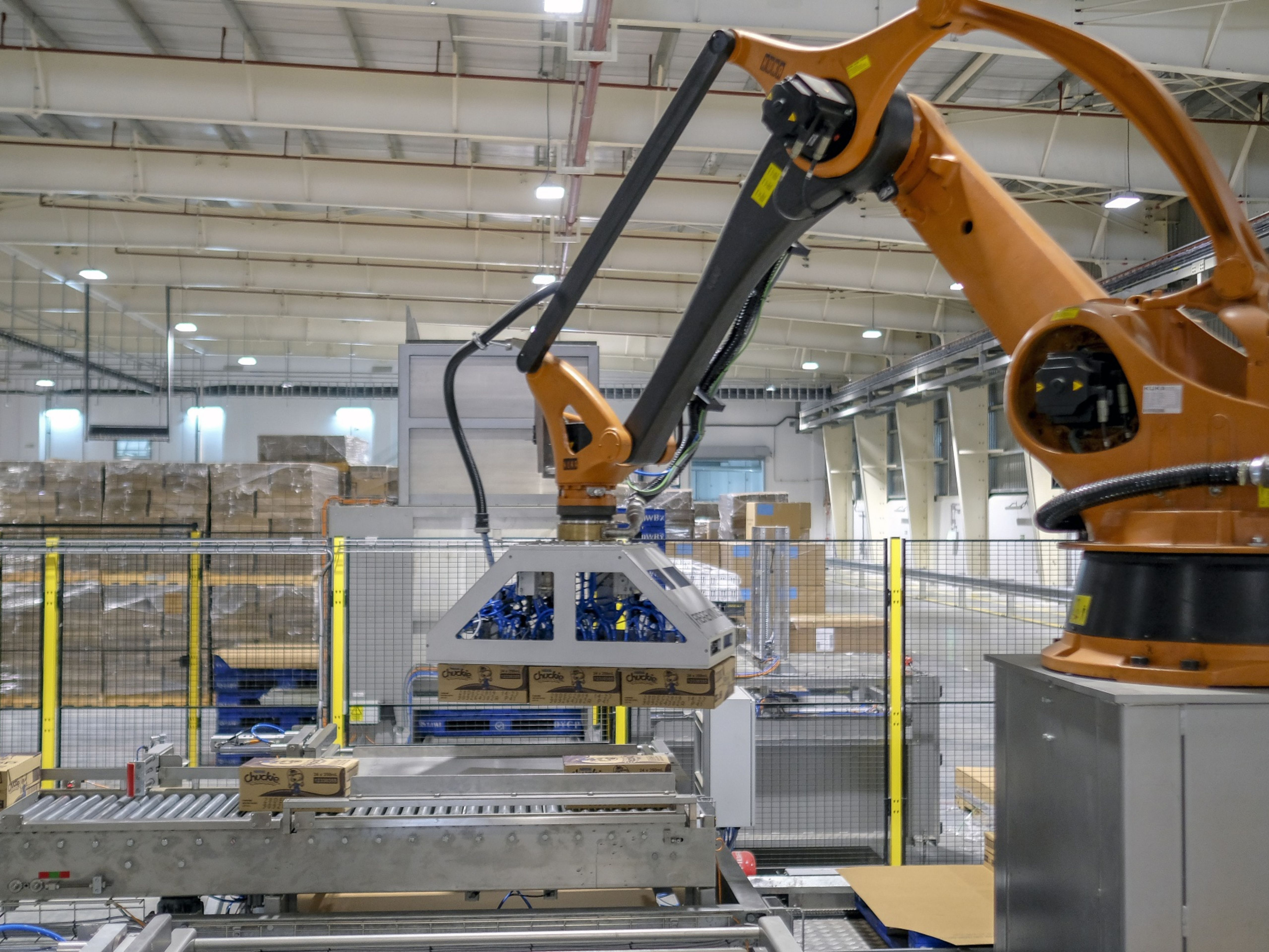
Think Tank
Seven Supply-Chain Trends to Watch in 2021

The future is always uncertain, but perhaps now more than ever. A global pandemic has simultaneously battered the supply-chain industry, re-emphasized its importance, and created entirely new goals and outlooks for years to come.
Here are the trends to count on in 2021.
Stronger AI. Automation has been a trend in almost all industries since the previous decade. The continued success indicates that this trend will only get stronger in the coming year. Most notably, artificial intelligence (AI) has emerged as the primary propellant for automation in the supply-chain industry. By crunching data from past operations, AI algorithms can perform basic operations automatically. This saves a large amount of time and eliminates the possibility of human error, thus making the operations more efficient. It also redirects the human capital to perform more complex tasks.
The potential of AI is, however, much more. AI can be used to identify patterns in data and bring useful insights. This could be used, for instance, to forecast demand in the near future. With the help of AI, operations within the supply chain can become more efficient and accurate.
Wider adoption of blockchain. Blockchain has been alternatively called “the biggest breakthrough” and also “just hype” over the years. But the technology has proved its worth in various industries; the supply-chain industry is one of them. Research suggests that blockchain can save $31 billion by 2024 for the food and beverage industry alone. In the coming year, we can expect to see wider adoption of blockchain technology across the supply chain.
The primary use of blockchain has been to improve transparency. Obscurity in data sharing often has negative results in a supply chain. Blockchain allows data to be shared across a supply chain, end-to-end, with all concerned parties. Compared to cloud sharing of data, blockchain is much more secure; it is immutable and incorruptible. Wider acceptance of blockchain will allow the supply chains to become more transparent and informed. Platform-agnostic blockchain solutions could see greater demand in 2021.
Cryptocurrencies based on blockchain are also becoming more common in the supply-chain industry. As more governments recognize cryptocurrencies as legal tenders, industries too are starting to adopt them. For cross-border trade, cryptocurrencies could become the preferred mode of payment as it provides a higher level of transparency, speed of transfer and security in comparison to legacy financial systems.
End-to-end IoT. The internet of things (IoT) is another technology rapidly adopted by the supply-chain industry apart from blockchain. Like blockchain, IoT works in the direction of boosting transparency across the supply chain. GPS sensors can be fitted in modes of transportation like trucks to offer live location tracking. Sensors in the warehouse help visibility in inventory management, while those in retail outlets help in gauging demand.
The appealing factor of IoT is how easily it can be used within the entire supply chain, from beginning to end. The results from it allow companies to increase efficiency, minimize downtime, proactively respond to customer demands, and increase overall ROI.
Robotic automation. Automation in SCM is not limited to just the operations, but the manual tasks as well. The first two quarters of 2019 saw an investment of $869 million on robotic automation in North America alone. On the transportation end, drones are beginning to be used for delivering light-weight goods. Driverless vehicles are not yet a reality, but it might become one soon.
Within the warehouses, autonomous mobile robots (AMRs) can see wider acceptance for performing labour-intensive tasks. However, let’s dispel the oft-used fear: robots will not replace humans. In most supply chains, robots would only free human capital from menial labour, allowing them to focus on more important decision-making.
Smart contracts. The tides of automation will only keep rising in 2021, but on more than one wave. Beyond AI and robotics, smart contracts have emerged as another brilliant technology to achieve automation.
Smart contracts are transaction protocols that are meant to execute when certain conditions are met automatically. In the supply chain, it could mean automatically generating an invoice when the shipment reaches the destination or conducting financial transactions between parties. Smart contracts have started to be used to settle payments using cryptocurrencies automatically. Smart contracts remove the need for arbitration from a trusted party, thereby making the process much faster.
Agile supply chains. If there is one thing the supply-chain industry needs to learn from the ongoing pandemic, it is agility. The supply chain has to be flexible enough to absorb any shocks, major or minor, that comes along its way. This includes natural disasters and unpredictable demand. Using AI and machine learning, SCM could build models to predict future events and be prepared for it. Currently, not many companies are leveraging this technology. However, the COVID-19 pandemic could be an eye-opener and motivate the supply-chain industry to become more agile in the coming year.
Another aspect of agility in the supply chain is the personalization of shipments. Traditionally, the shipments are created in bulk, based on pre-orders. Any changes to the cargo in the middle of the supply chain are generally impossible. However, as industries move towards giving more power to the end customers, easy customizations are both a necessary edge and an eventual need. Companies would need to build infrastructure that allows customization of orders within the supply chain, without adding to the cost.
Layered technologies. We discussed the various technologies that are being adopted by the supply-chain industry. However, it leads to a larger trend: the layering of multiple technologies. The supply-chain industry has understood that it can no longer treat technology as an isolated service, i.e., as a means to an end. Technology will inevitably become the backbone of the supply-chain industry. Hence, we will observe a more significant push toward integrating and layering technologies, eliminating data silos in the supply chain, while creating dynamic, actionable data across technology stacks and platforms.
The supply-chain industry stands amidst unprecedented times. However, the future holds great promise. By embracing innovation in the form of various technologies, the industry is all set to face the challenges in the times to come and help businesses achieve greater operational efficiency.
Dan Weinberger is CEO of Morpheus.Network.






